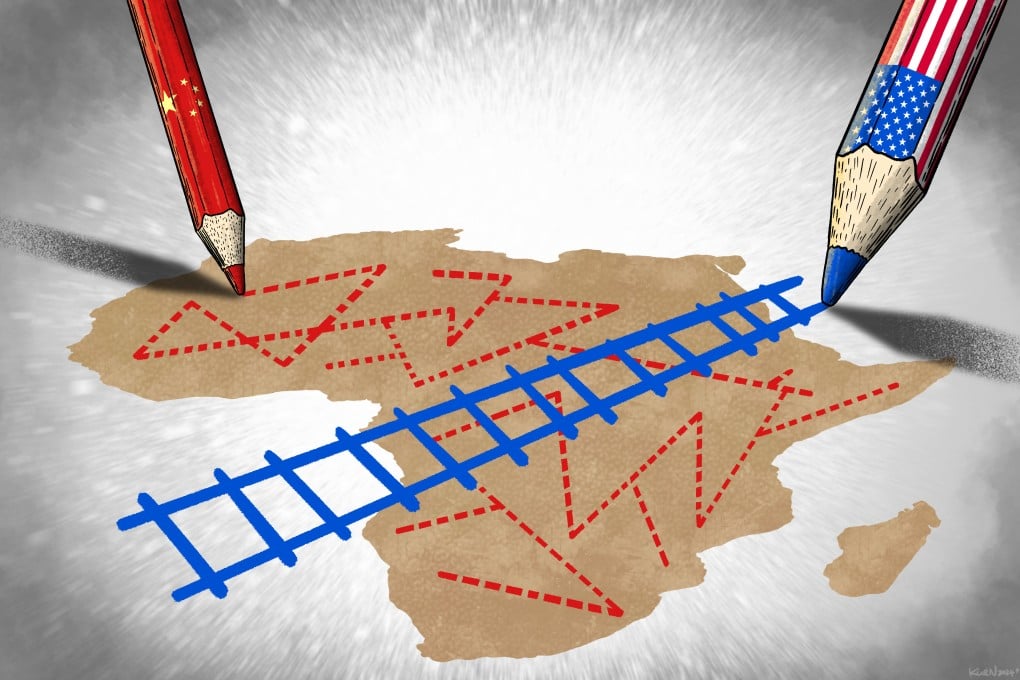Could China-US rivalry go off the rails in Africa over a resourceful train route?
The US and China are in a race to secure greater access to Africa’s vast mineral reserves with an infrastructure push by land and sea

Chinese presence in the South African country became apparent in 2002, when former president Jose Eduardo dos Santos invited Beijing to invest following the end of the 27-year Angolan civil war that devastated the country’s infrastructure and economy.
At stake for both powers: supply chains for critical minerals that would be shipped out by rail and later by sea. Sub-Saharan Africa holds an estimated 30 per cent of the world’s proven critical mineral reserves by volume, according to the International Monetary Fund.
Washington has grown wary of China’s large market shares in commodities in developing countries such as the DRC, according to Austin Strange, an associate professor of politics and public administration at the University of Hong Kong.
“A revitalised Lobito Corridor could help improve American and European access to critical minerals,” Strange said.
Today, the US and the European Union are investing billions of dollars to revamp the Lobito Corridor. This work involves the refurbishment of an existing rail line on the 1,344km (835-mile) Benguela Railway into southern DRC across the border, and the building of a new 800km railway line through northwestern Zambia.